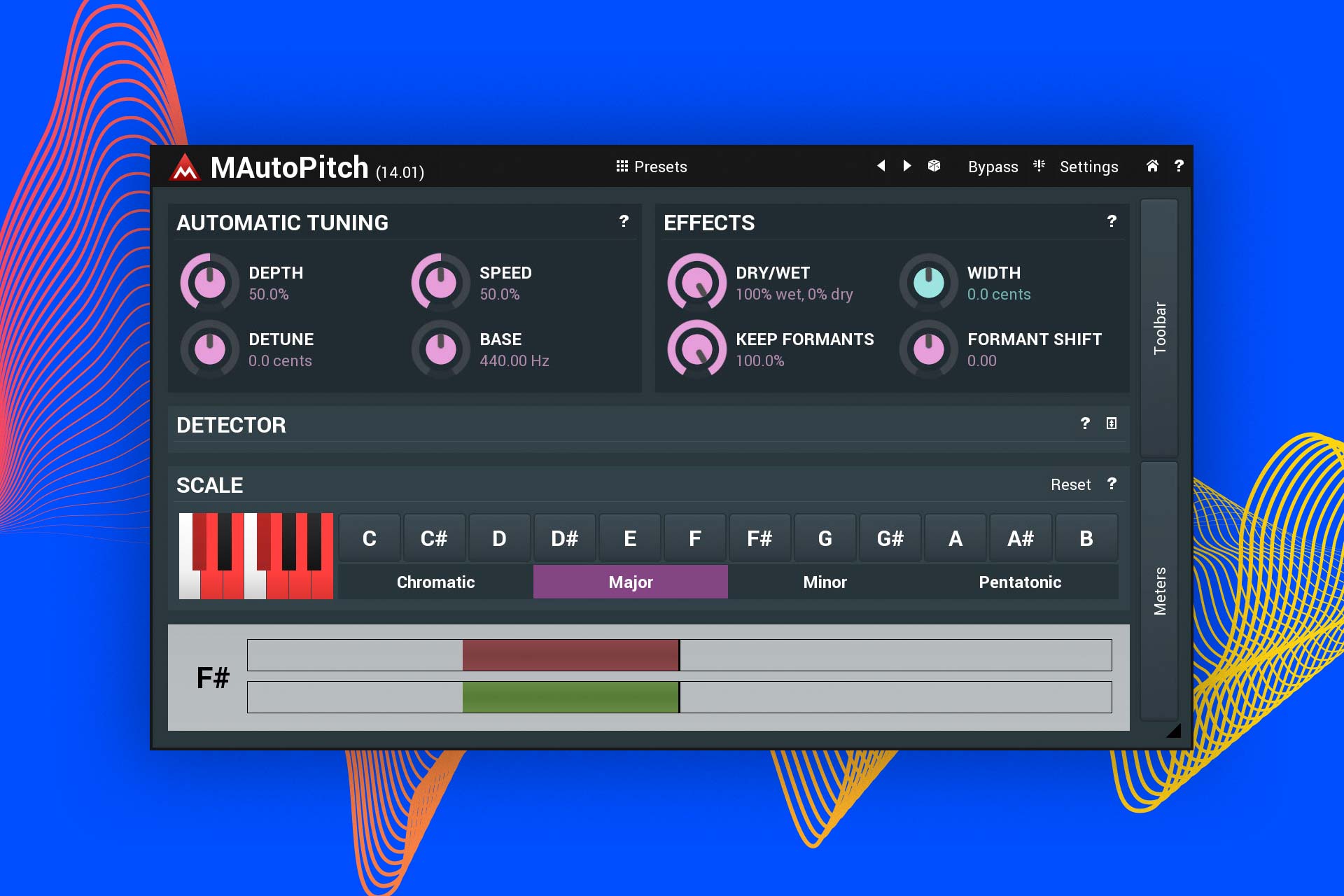

Once in GarageBand, you can access your AU plugins by creating a software instrument track, then clicking on the "Edit" tab in the right-hand Track Info column (see left image).
Autotune effect stack plus#
You can choose a custom AU synthesizer at the top of the stack, and there are hardwired slots for the Compressor and Visual EQ effects, plus four remaining slots for your installed Audio Units plugins. You can reorder them by clicking-dragging them up and down the stack, and the position will have a direct impact on your sound sounds start at the top and work their way down.

You can also use AU effects on any GarageBand track - recorded vocals and guitars, for example - as well as entire songs (the upper right Master Track tab, then the Edit subtab, where you'll find a single AU effects slot).Autotune plugins are now a pretty household term, but in reality, it’s the name of a specific product. The company Antares released the first version of its legendary pitch correction software in 1997. It combined a pitch detection algorithm with pitch-shifting algorithms. This allowed it to recognize a note being sung and move it to the nearest semitone. Since it was the original product, autotune became the household term for any form of pitch correction, even when a different tool is used. In this blog post, we’ll list 8 of the best autotune plugins you should be using this year. Originally intended for the subtle nudging of slightly off-tune performances into place, artists like T-Pain and Cher largely popularized the extreme use of the tool to give vocals that classic hard tuned effect that we know so well in modern pop. While this hard tuning is the most obvious and noticeable use of pitch correction software, almost every record you hear these days has gone through a vocal editing stage.

Very, very few artists receive no help from pitch correction (Adele and Billie Eilish are examples). In fact, these days, not only is it NOT shameful to make use of these tools, listeners are used to listening to perfected performances, so you can actually be holding your record back by not making use of these tools. It then comes down to a matter of taste whether to be subtle or heavy-handed with tuning. If you want to see a more in-depth example of how we process vocals to get that modern sound, be sure to check out our video below.


 0 kommentar(er)
0 kommentar(er)
